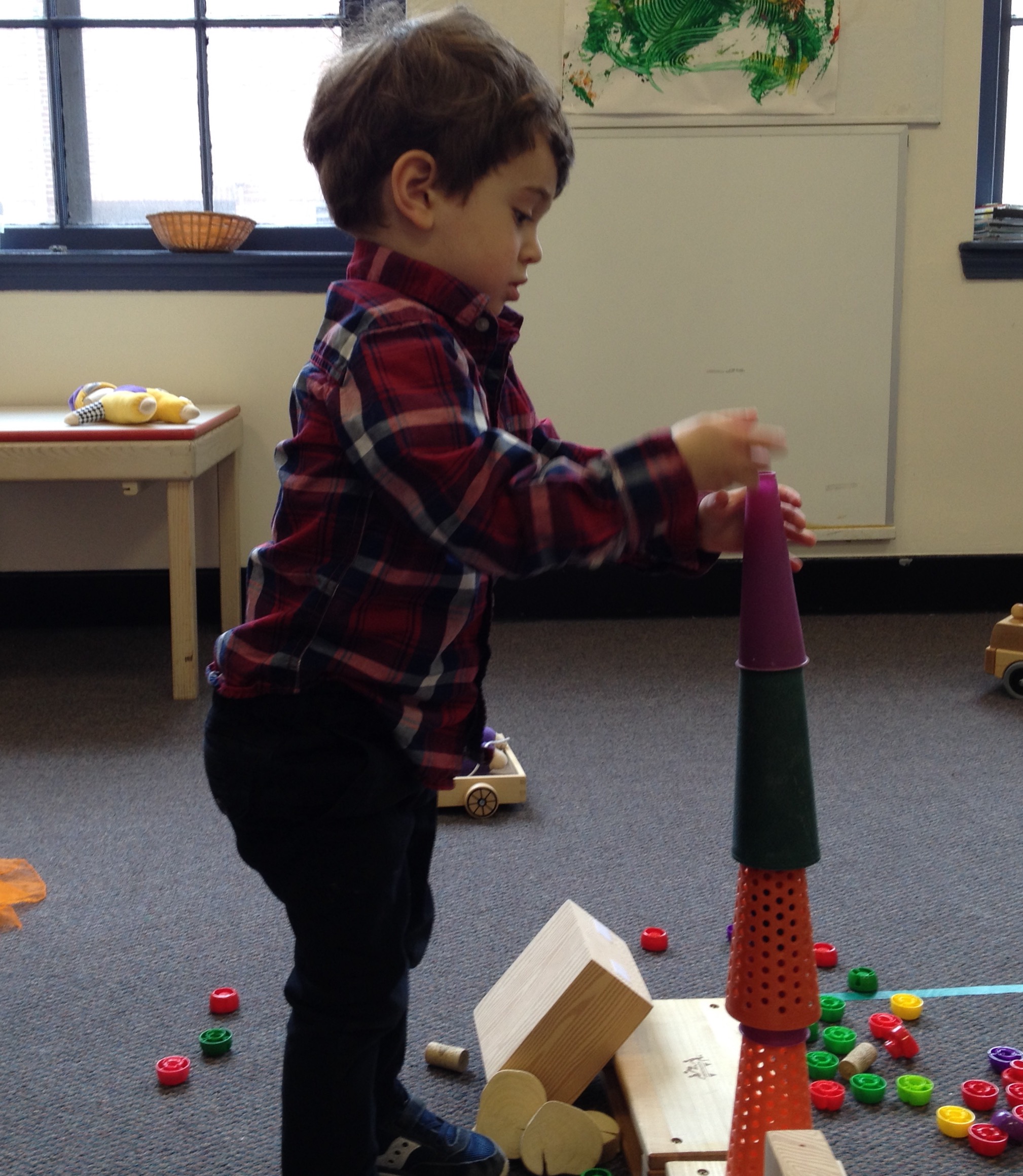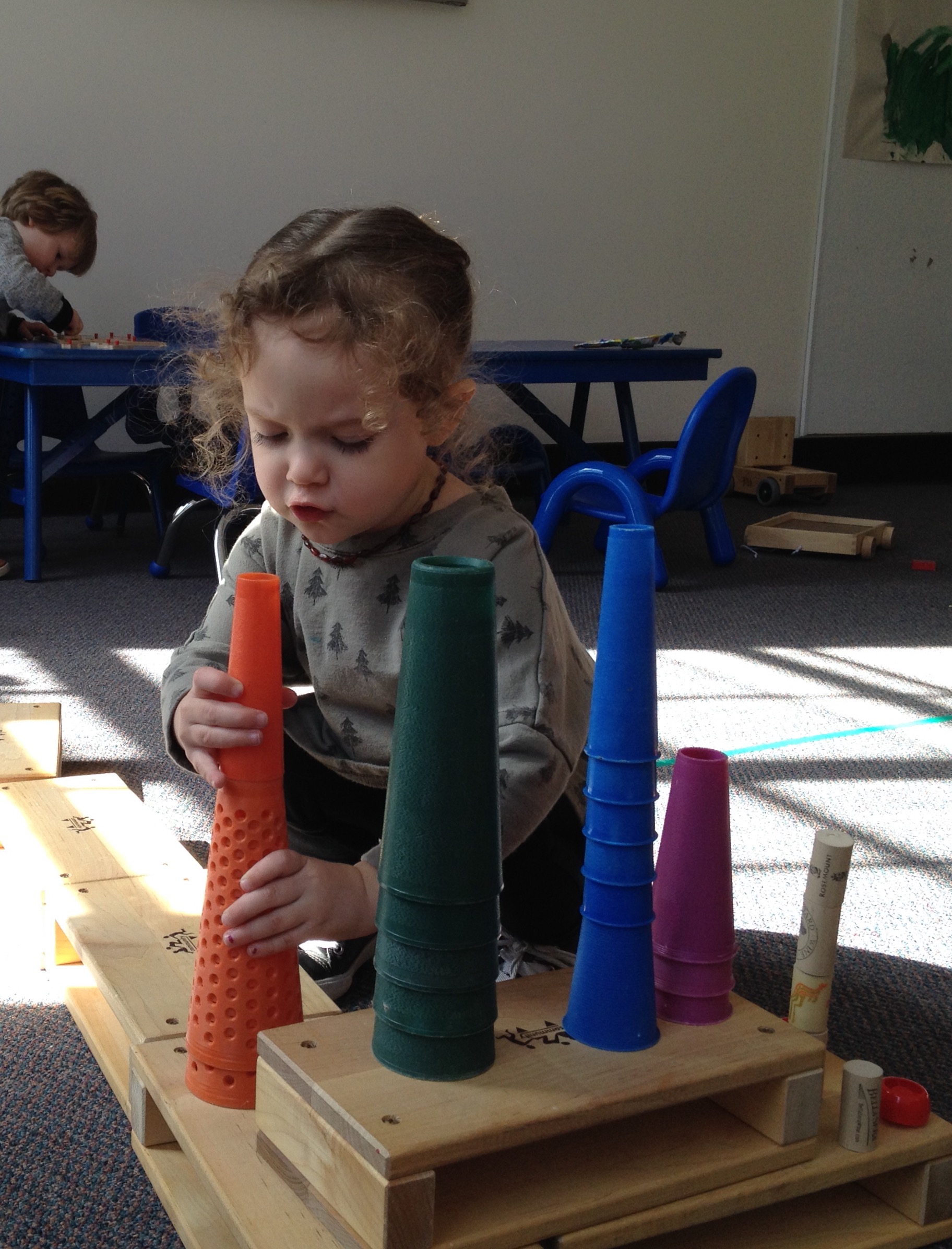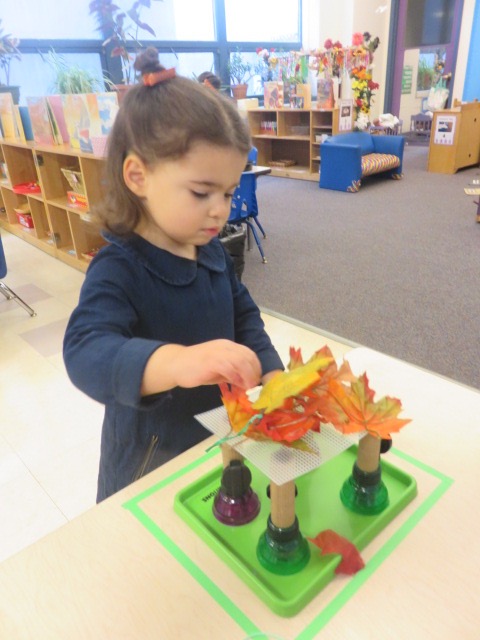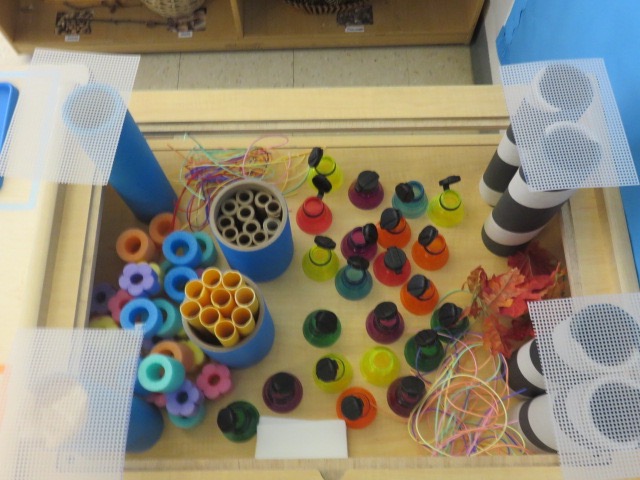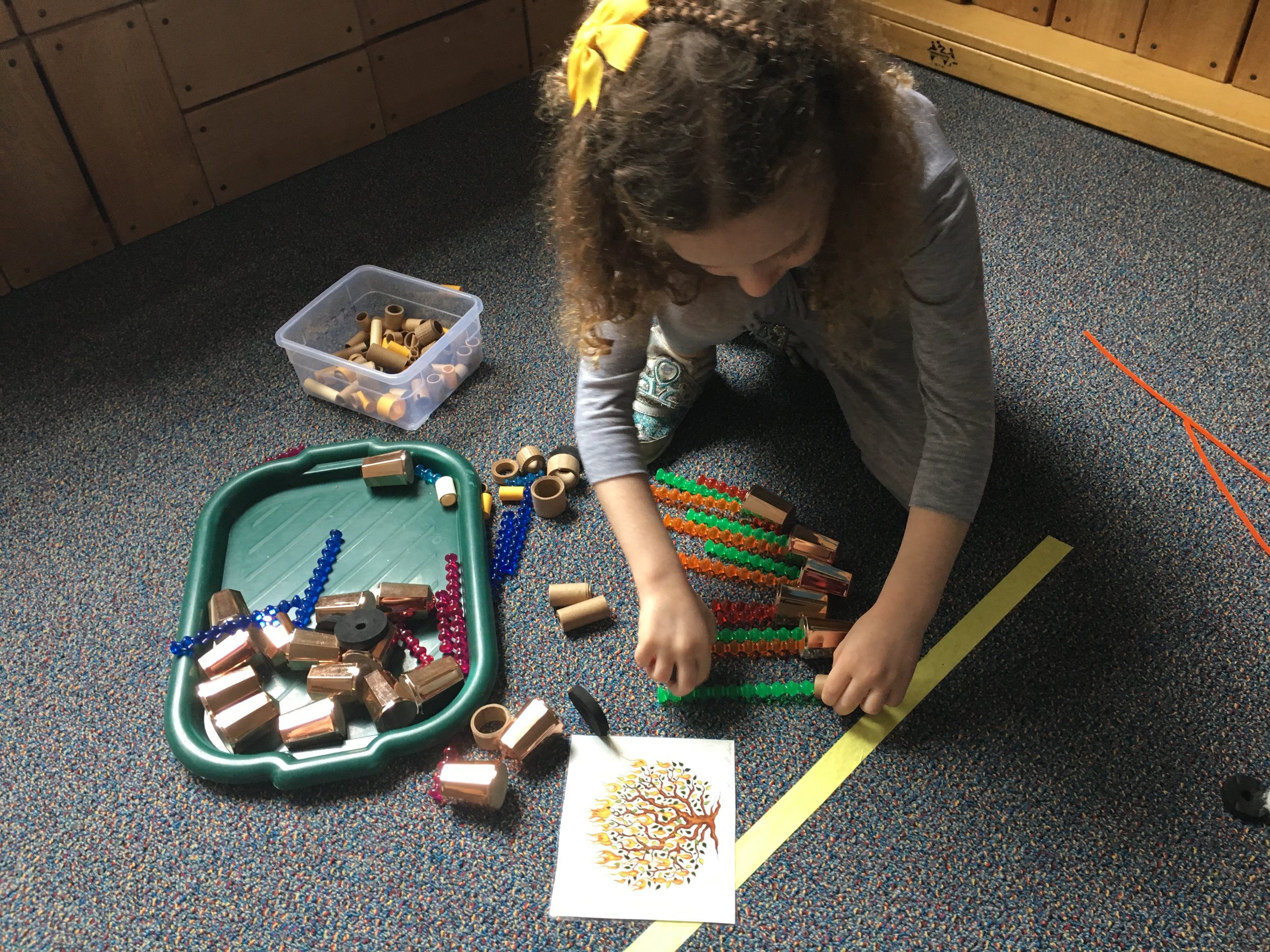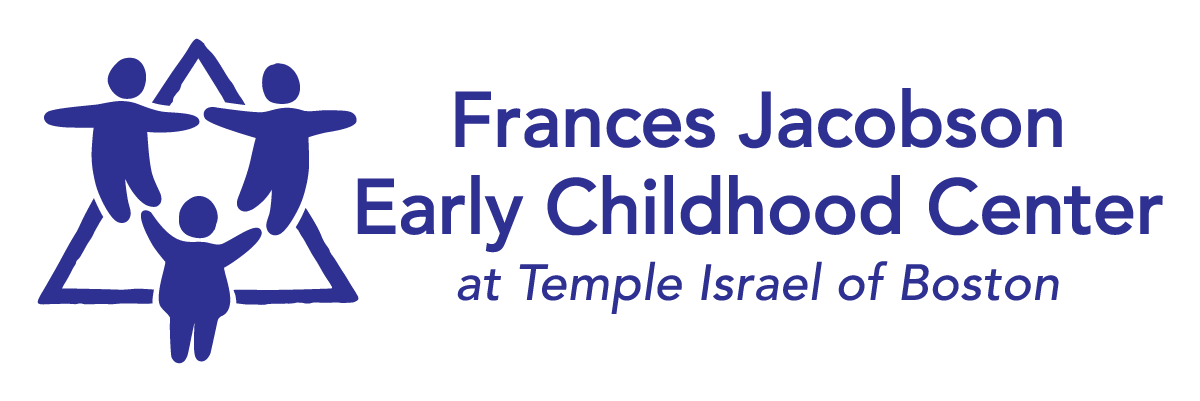Integrating Loose Parts into our Curriculum
/Learning with loose parts is an exciting concept based on the premise that if you give children a wide variety of open-ended and interesting materials, they will be able to construct, invent, create, and devise abundant ways to utilize these objects. Our loose parts curriculum was developed to stimulate and foster a child’s creative imagination and critical thinking.
Why are loose parts so engaging? Because loose parts offer children multiple opportunities rather than single outcomes. Unlike a puzzle or game, there is no right or wrong way to play with these materials. Children are active players with loose parts. The variability and creative possibilities these materials offer for the students are endless.
Some reasons why we love loose parts:
- Loose parts involve materials made up of different kinds of textures, colors, and shapes. They are inexpensive, colorful, and can be found everywhere: around the home, in dollar stores and recycling centers!
- Loose parts encourage children to experiment, manipulate, arrange and rearrange the objects resulting in a myriad of imaginative creations. Children are free to explore and experiment in whatever way that makes sense to them.
- Loose parts can be utilized to explore more complex relationships among the materials such as balance, sound, weight, patterns, etc.
- In playing with and manipulating loose parts, all areas of development are involved. Children are involved socially, in problem solving, using their fine and gross motor skills, as well as math, science, language and literary skills to name a few of the many areas involved.
Using their creative imaginations, children here at our school use feathers, rocks, shells, yarn, twigs, tiles, clothespins, and a myriad of other loose parts and found objects to invent, discover and devise new ways to manipulate the items. The tree cookies (large rustic wooden discs), which were introduced last year in our Outdoor Classroom as well as indoors in classes, have been made into towers, stepping stones, wheels for vehicles, turrets for castles, and much more. This kind of play encourages children to consider many possible uses and meanings for the objects with which they are engaged.
At FJECC, it is my goal to continue integrating what are considered to be the Best Practices in Education for Young Children into our curriculum. In just the short time in which we have presented some loose parts to our students this school year, it has been amazing to see the different approaches each child takes in manipulating the wonderful “stuff” we have gathered.
We as a staff continue to be inspired by all that we learn, and in turn inspire our students by exciting and novel approaches in early education.
Curious to learn more? These books are excellent resources for families to learn more about how to integrate open-ended materials into play at home:
- Loose Parts: Inspiring Play in Young Children and Loose Parts 2: Inspiring Play with Infants and Toddlers by Lisa Daly and Miriam Beloglovsky, the two educators who initiated the loose parts curriculum.
- Beautiful Stuff: Learning with Found Materials by Cathy Weisman Topal and Lella Gandini

